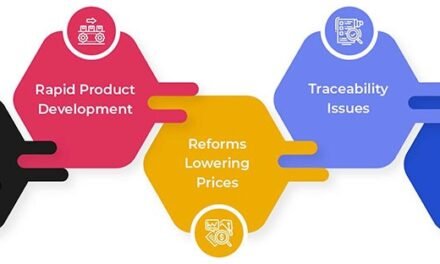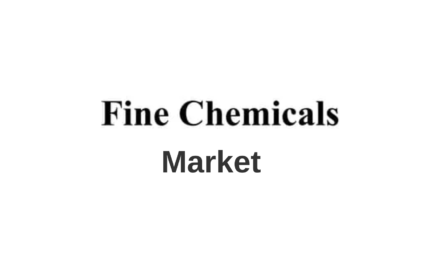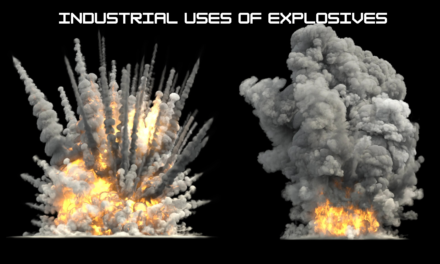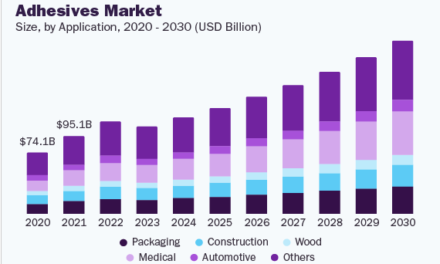The demand for sulfuric acid, chlorine, and ammonia—critical basic chemicals—significantly influences their supply chains. The following key factors shape the supply chain dynamics for these chemicals:
1. Sulfuric Acid
- Demand Drivers:
- Fertilizers: The agricultural sector, especially in regions with expanding populations, drives high demand for sulfuric acid for phosphate fertilizer production.
- Metal Processing: Used in leaching and refining processes, particularly in the copper and zinc industries.
- Chemical Manufacturing: Essential for producing other chemicals like hydrochloric acid and synthetic detergents.
- Supply Chain Impacts:
- Raw Material Availability: Dependence on sulfur as a feedstock, often derived from crude oil and natural gas refining. Any disruptions in these industries can create supply bottlenecks.
- Transportation Challenges: Sulfuric acid is highly corrosive, requiring specialized containers and logistics, which can raise transportation costs and complicate supply chain operations.
- Regional Dependencies: Production is concentrated in industrial regions, leading to reliance on imports in areas without significant sulfur resources or refining capacity.
2. Chlorine
- Demand Drivers:
- Water Treatment: Chlorine is essential for disinfecting drinking water and treating wastewater.
- PVC Production: A key raw material for polyvinyl chloride (PVC), which has applications in construction, automotive, and consumer goods.
- Pharmaceuticals and Bleaching Agents: Used to produce medicines and paper processing intermediates.
- Supply Chain Impacts:
- Energy Intensity: Chlorine production relies on the electrolysis of brine, making the supply chain vulnerable to energy price fluctuations.
- Safety Regulations: Due to its hazardous nature, stringent handling, storage, and transportation protocols increase supply chain complexity and costs.
- Integrated Production: Often produced alongside caustic soda in chlor-alkali plants, meaning chlorine supply is tied to demand for caustic soda, potentially leading to supply-demand imbalances.
3. Ammonia
- Demand Drivers:
- Agriculture: The most significant demand comes from fertilizers like urea and ammonium nitrate, essential for increasing crop yields.
- Energy Transition: There is growing interest in ammonia as a hydrogen carrier and a potential low-carbon fuel.
- Industrial Applications: Used in nitric acid production, refrigerants, and explosives for mining.
- Supply Chain Impacts:
- Natural Gas Dependency: Ammonia is primarily produced via the Haber-Bosch process, which relies heavily on natural gas. Fluctuations in natural gas prices directly impact production costs.
- Global Trade: Ammonia is produced in large quantities in natural gas-rich regions (e.g., the Middle East, Russia, the U.S.) and transported to the consumption-heavy areas. This reliance on international logistics creates vulnerabilities to geopolitical tensions and transportation disruptions.
- Storage and Distribution: Ammonia requires refrigeration or pressurization for safe storage and transport, adding to the complexity of the supply chain.
General Trends Shaping the Supply Chains
- Sustainability Pressures: Increased demand for environmentally friendly production processes, such as green ammonia and sulfuric acid derived from renewable sulfur sources.
- Regionalization: Shifting away from global supply chains toward localized production to reduce dependency on international logistics.
- Digitalization: Adoption of AI and IoT to optimize logistics, predict demand fluctuations, and ensure supply chain resilience.
- Regulatory Oversight: Stricter environmental and safety standards reshape transportation, storage, and manufacturing processes.
Conclusion
The growing and diversifying demand for sulfuric acid, chlorine, and ammonia is pushing the supply chain toward greater efficiency, resilience, and sustainability. Industry players must adapt by investing in advanced production technologies, enhancing logistics infrastructure, and fostering regional collaborations to ensure consistent supply and meet global needs.
Hashtags
#SupplyChainManagement #DemandShaping #IndustrialSupplyChain #ChemicalSupplyChain #SmartSupplyChain #SulfuricAcid #IndustrialChemicals #ChemicalManufacturing #AcidSupplyChain #SulfurSustainability
#Chlorine #ChlorineSupply #ChemicalDistribution #ChlorineChemistry #WaterTreatmentSolutions #IndustrialChemistry #Ammonia #AmmoniaProduction #AmmoniaSupplyChain #GreenAmmonia #AmmoniaEconomy #SustainableAgriculture #SustainableChemicals #GreenSupplyChain #CircularEconomy #ChemicalInnovation
#EcoIndustrial #ChemicalIndustry #IndustrialInnovation #GlobalTrade #SmartManufacturing #CollaborationForGrowth

















